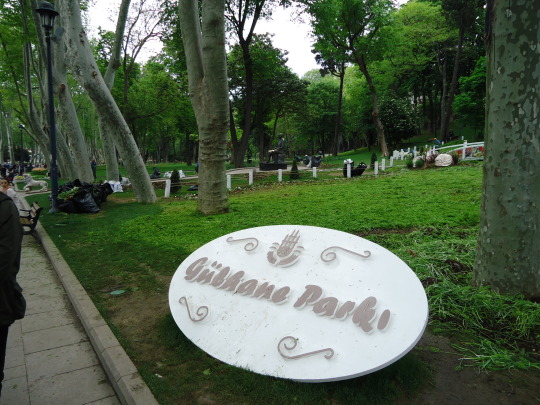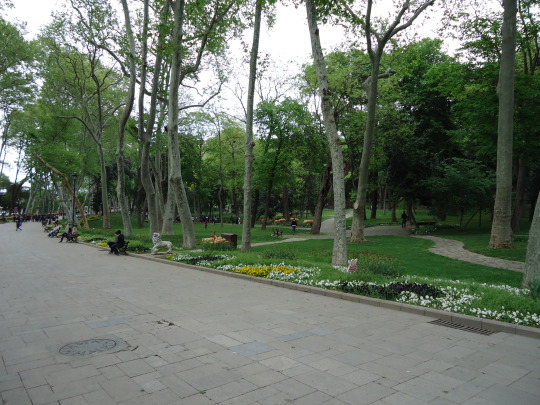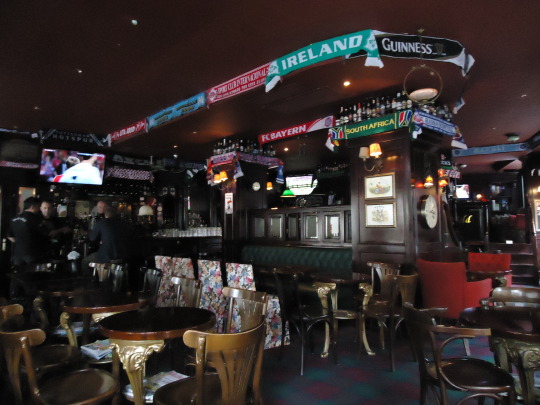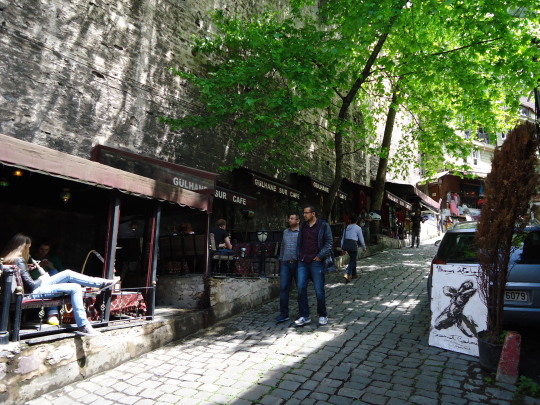Link
My notes on my recent trip to Istanbul.
1 note
·
View note
Photo

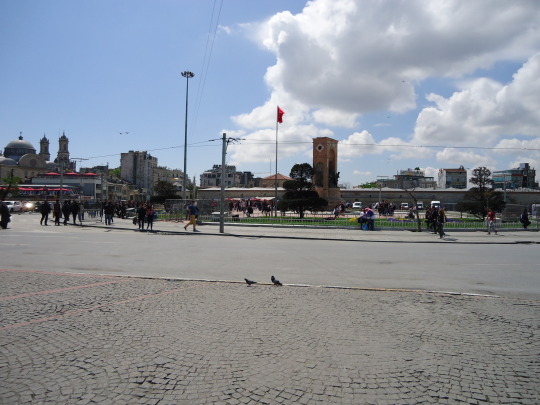

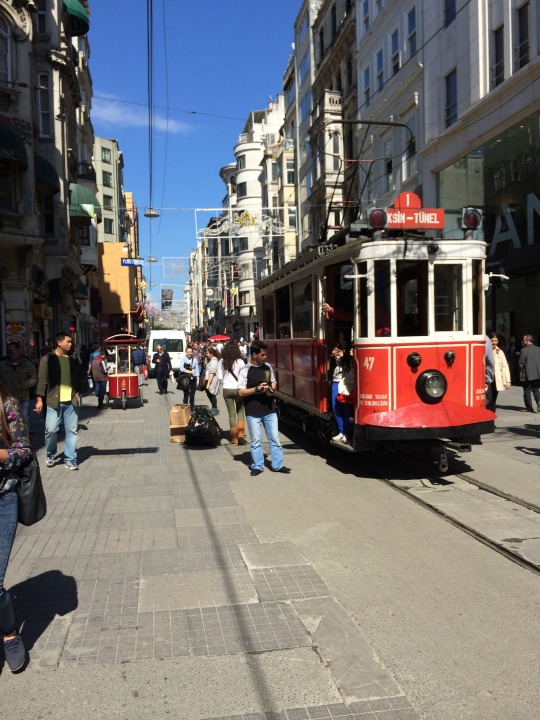
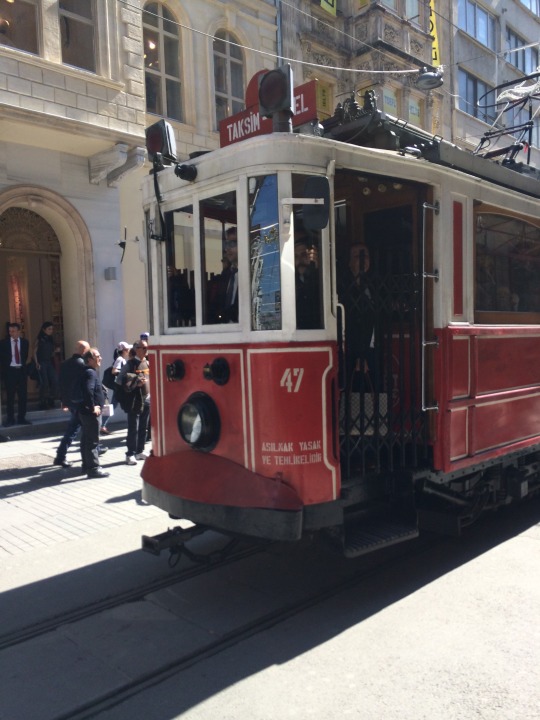

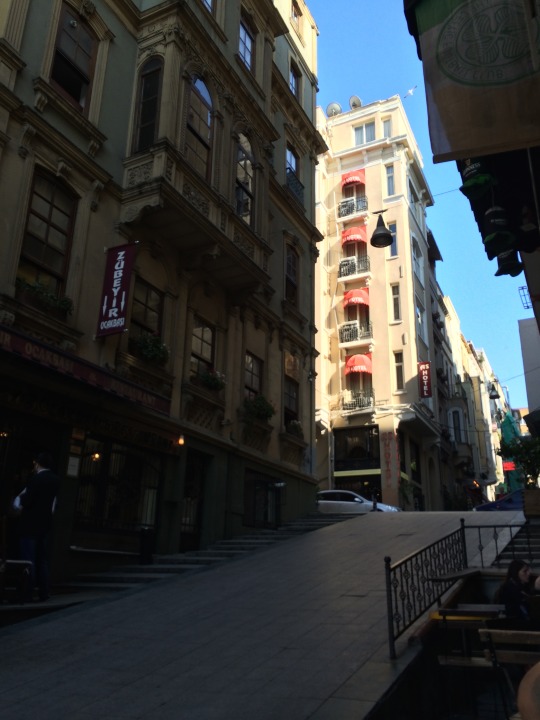

Taksim & Beyoğlu
3 notes
·
View notes
Video
Adhan at The Sultan Ahmed Mosque
The adhān (Arabic: أَذَان [ʔaˈðaːn]), (or azan as pronounced in Afghanistan, Azerbaijan, Bangladesh, India, Iran, Malaysia, Pakistan, Tajikistan, and Turkmenistan, ezan in Turkey, Bosnia and Herzegovina), azon in Uzbekistan, is the Islamic call to worship, recited by the muezzin at prescribed times of the day. The root of the word is ʾadhina أَذِنَ meaning "to listen, to hear, be informed about". Another derivative of this word is ʾudhun (أُذُن), meaning "ear".
The Sultan Ahmed Mosque (Turkish: Sultan Ahmet Camii) is a historic mosque in Istanbul. The mosque is popularly known as the Blue Mosque for the blue tiles adorning the walls of its interior.
It was built from 1609 to 1616, during the rule of Ahmed I. Its Külliye contains a tomb of the founder, a madrasah and a hospice. The Sultan Ahmed Mosque is still popularly used as a mosque.
Video is my own and info above sourced from Wikipedia.
0 notes
Photo
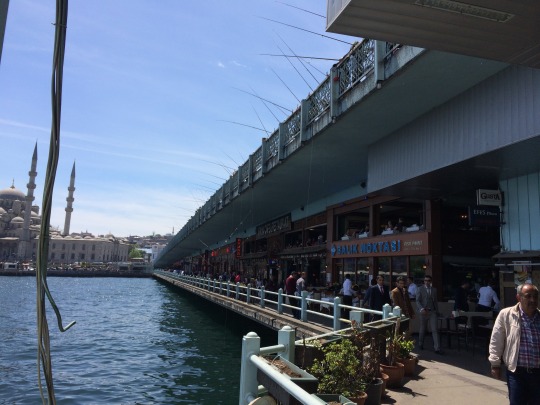
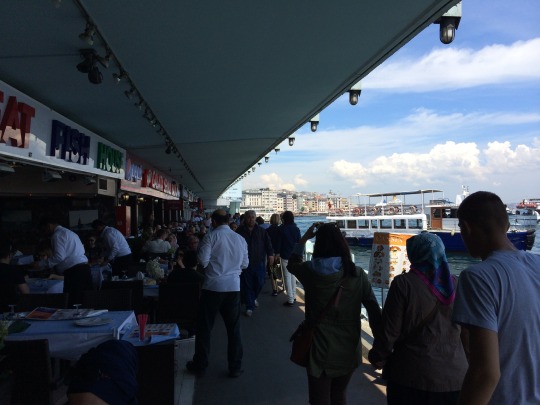
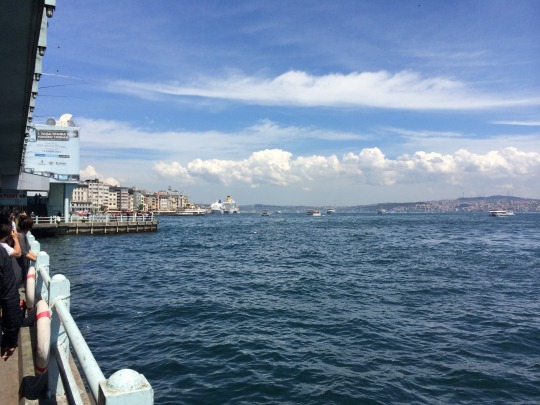


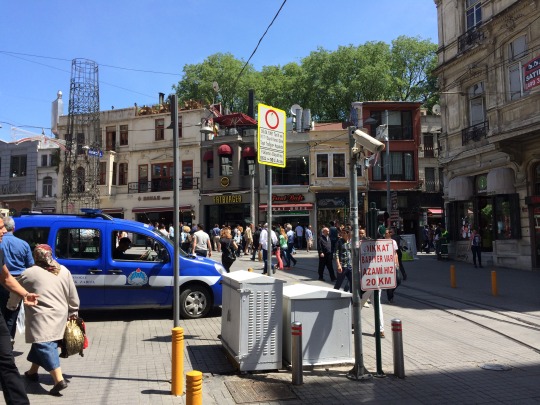

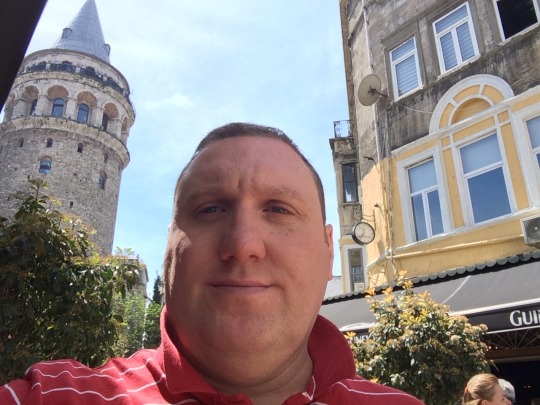
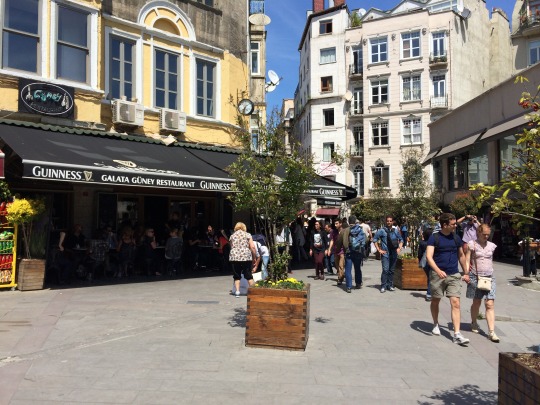

Galata Tower & Bridge
The Galata Tower (Galata Kulesi in Turkish) — called Christea Turris (the Tower of Christ in Latin) by the Genoese — is a medieval stone tower in the Galata/Karaköy quarter of Istanbul, Turkey, just to the north of the Golden Horn's junction with the Bosphorus. One of the city's most striking landmarks, it is a high, cone-capped cylinder that dominates the skyline and offers a panoramic vista of Istanbul's historic peninsula and its environs.
The Galata Bridge (in Turkish Galata Köprüsü) is a bridge that spans the Golden Horn in Istanbul, Turkey. From the end of the 19th century in particular, the bridge has featured in Turkish literature, theater, poetry and novels.
All pictures are my own and info above sourced from Wikipedia.
1 note
·
View note
Photo


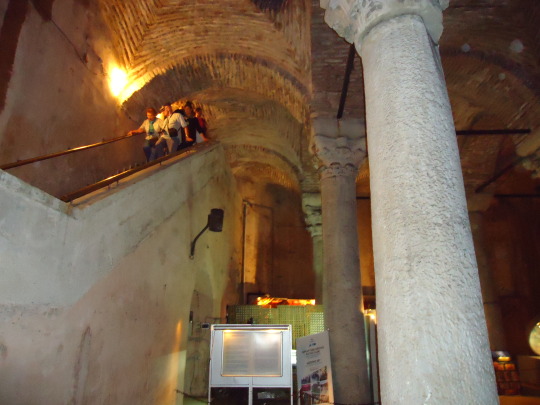

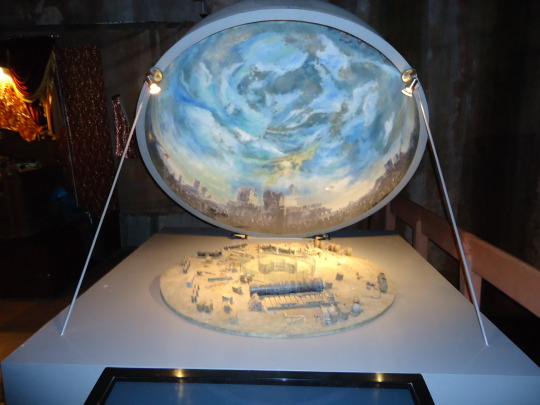

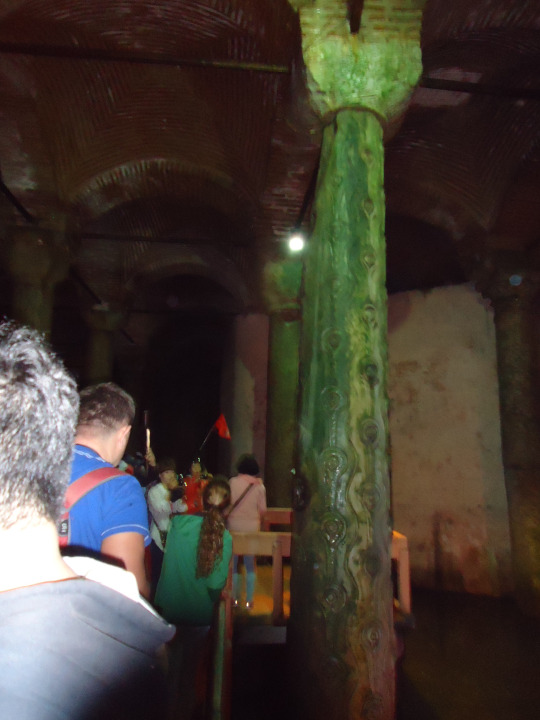



The Basilica Cistern (Turkish: Yerebatan Sarayı - "Sunken Palace", or Yerebatan Sarnıcı - "Sunken Cistern"), is the largest of several hundred ancient cisterns that lie beneath the city of Istanbul (formerly Constantinople), Turkey. The cistern, located 500 feet (150 m) southwest of the Hagia Sophia on the historical peninsula of Sarayburnu, was built in the 6th century during the reign of Byzantine Emperor Justinian I.[1]
All pictures are my own and info above sourced from Wikipedia.
1 note
·
View note
Photo

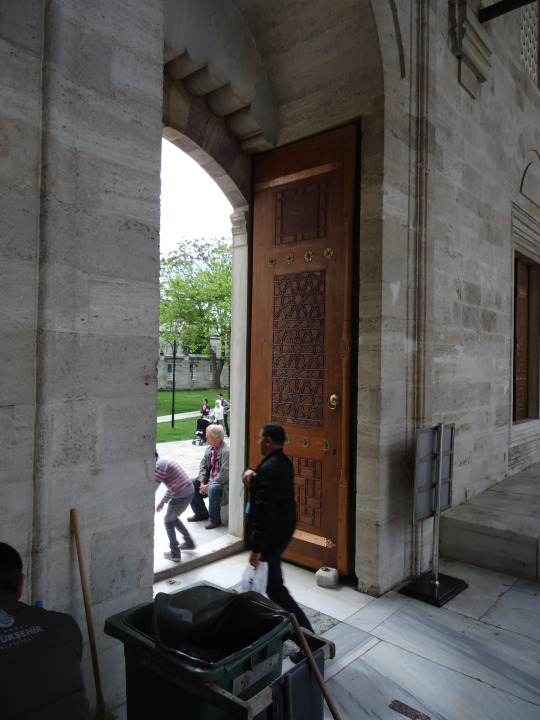

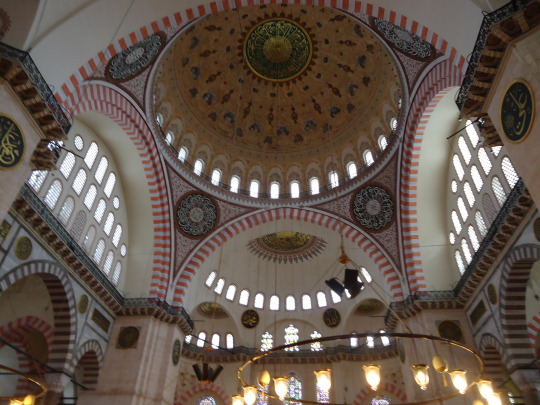
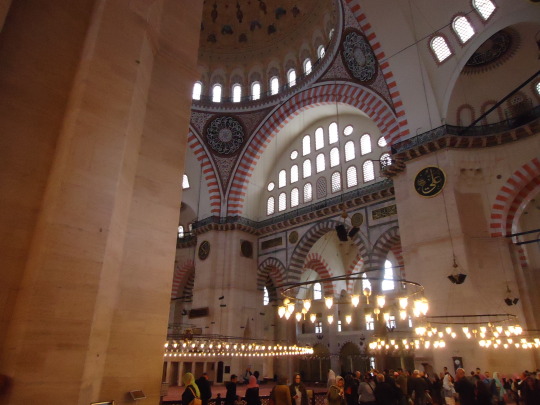

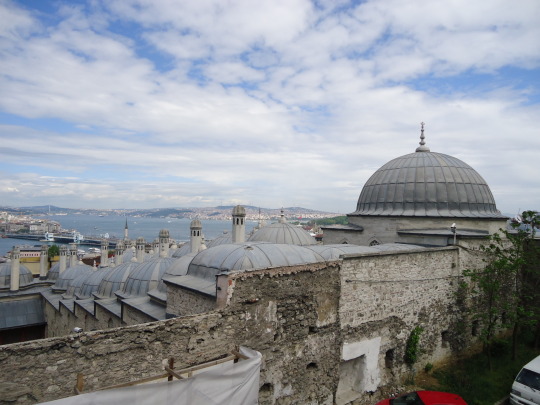
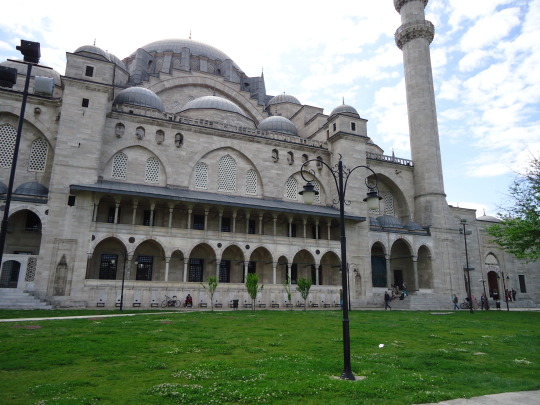


The Süleymaniye Mosque (Turkish: Süleymaniye Camii, Turkish pronunciation: [sylejˈmaːnije]) is an Ottoman imperial mosque located on the Third Hill of Istanbul, Turkey. It is the largest mosque in the city, and one of the best-known sights of Istanbul.
All pictures are my own and info above sourced from Wikipedia.
19 notes
·
View notes
Photo
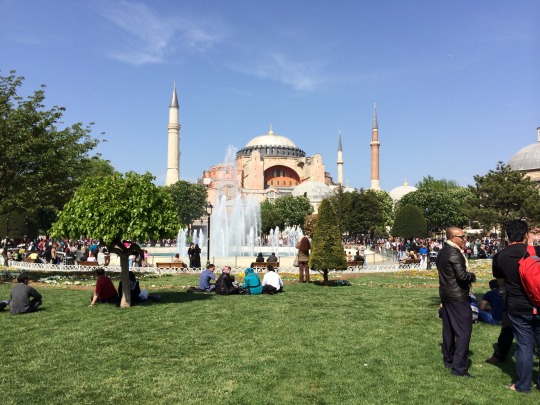


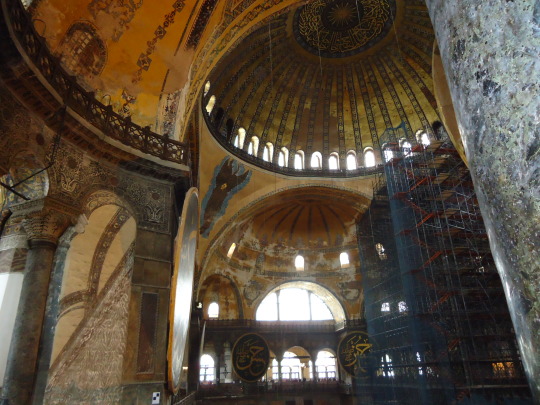
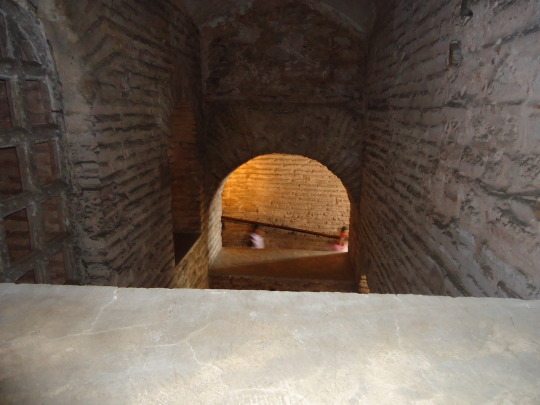
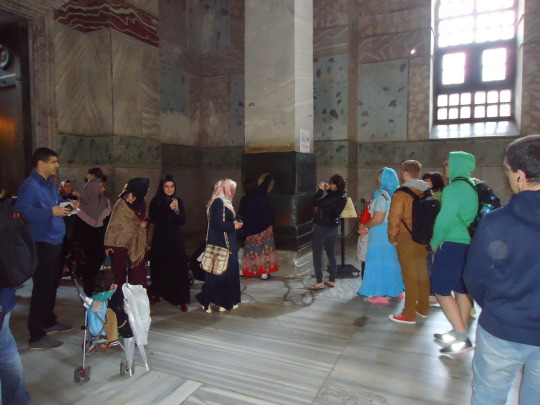
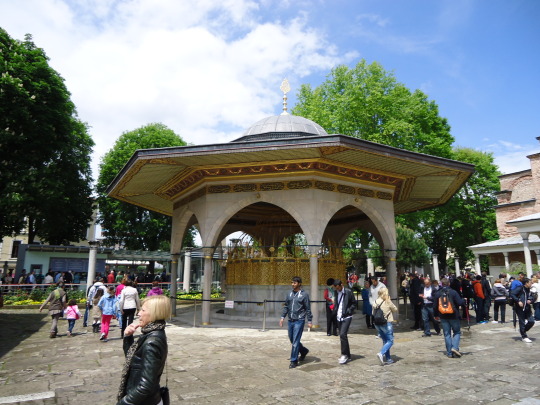

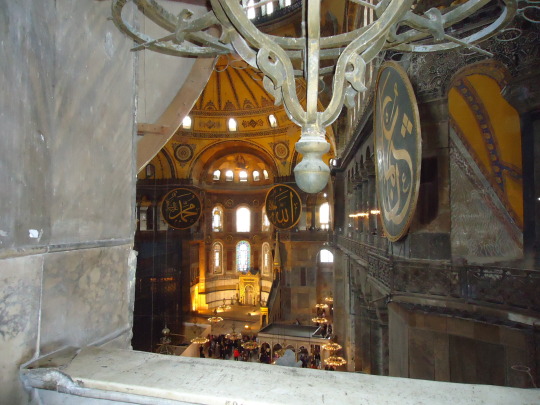
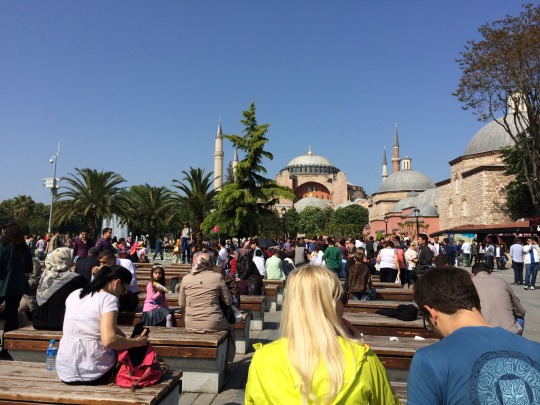
Hagia Sophia [Set 2/2]
Hagia Sophia (from the Greek: Ἁγία Σοφία, "Holy Wisdom"; Latin: Sancta Sophia or Sancta Sapientia; Turkish: Ayasofya) is a former Greek Orthodox patriarchal basilica (church), later an imperial mosque, and now a museum in Istanbul, Turkey. From the date of its construction in 537 until 1453, it served as an Eastern Orthodox cathedral and seat of the Patriarchate of Constantinople, except between 1204 and 1261, when it was converted to a Roman Catholic cathedral under the Latin Empire. The building was a mosque from 29 May 1453 until 1931. It was then secularized and opened as a museum on 1 February 1935.
All pictures are my own and info above sourced from Wikipedia.
12 notes
·
View notes
Photo
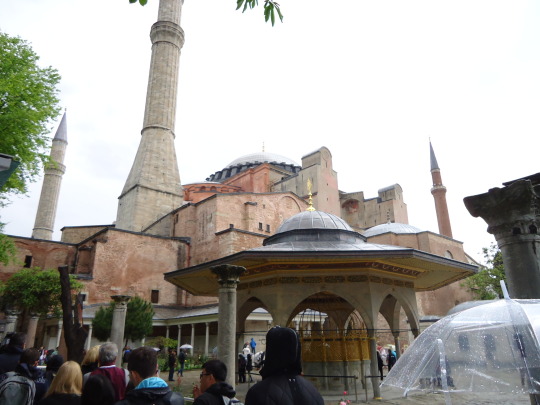
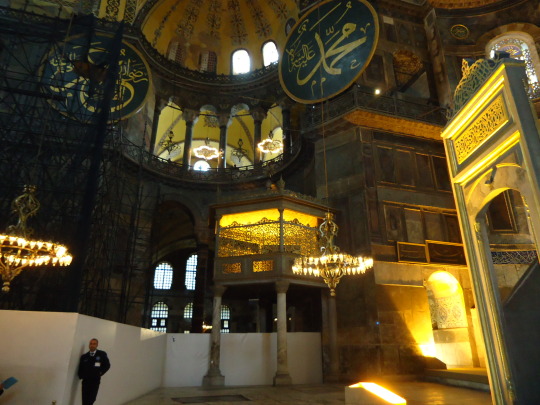

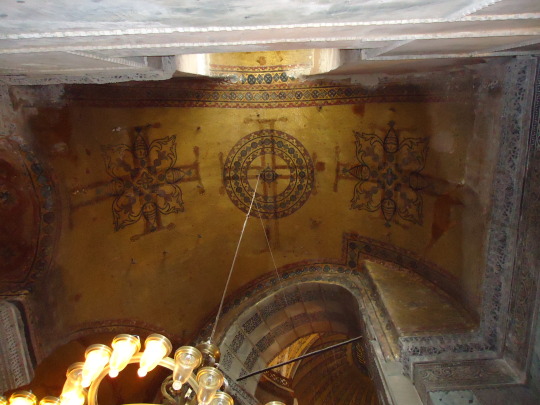
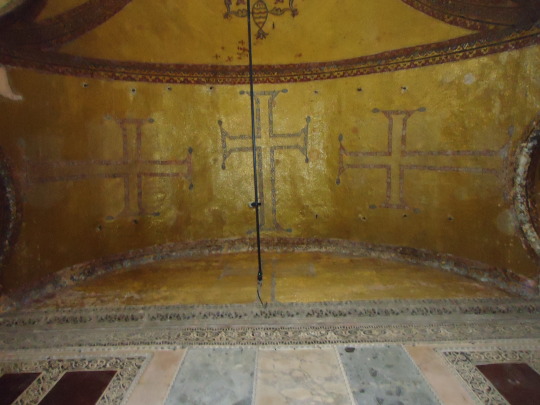
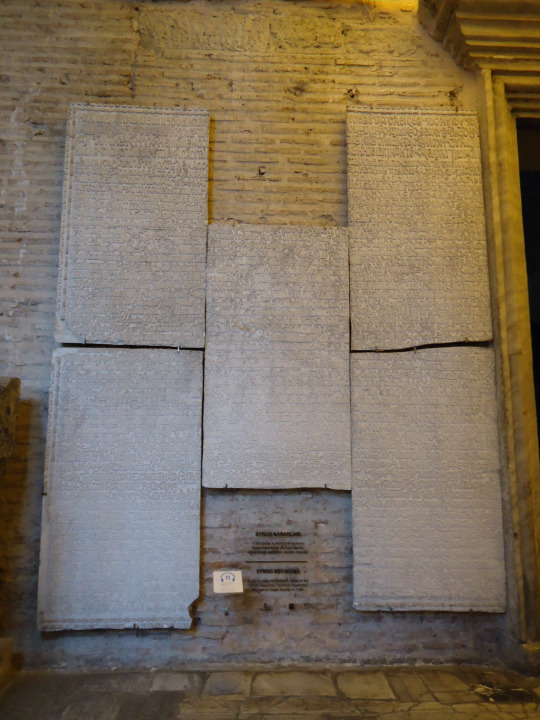
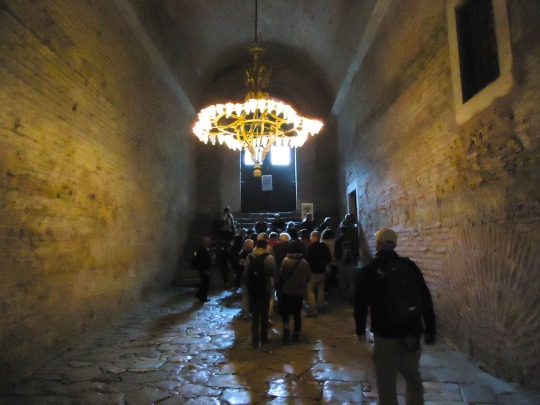



Hagia Sophia [Set 1/2]
Hagia Sophia (from the Greek: Ἁγία Σοφία, "Holy Wisdom"; Latin: Sancta Sophia or Sancta Sapientia; Turkish: Ayasofya) is a former Greek Orthodox patriarchal basilica (church), later an imperial mosque, and now a museum in Istanbul, Turkey. From the date of its construction in 537 until 1453, it served as an Eastern Orthodox cathedral and seat of the Patriarchate of Constantinople, except between 1204 and 1261, when it was converted to a Roman Catholic cathedral under the Latin Empire. The building was a mosque from 29 May 1453 until 1931. It was then secularized and opened as a museum on 1 February 1935.
All pictures are my own and info above sourced from Wikipedia.
14 notes
·
View notes
Photo
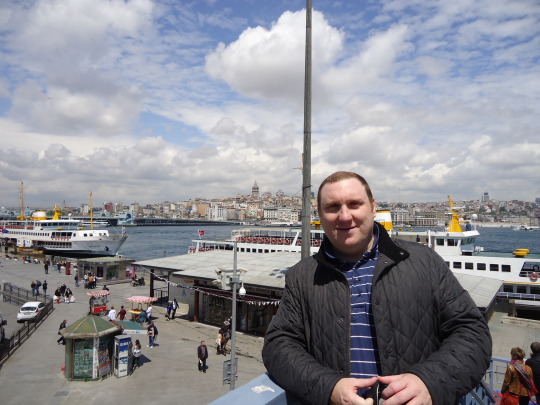
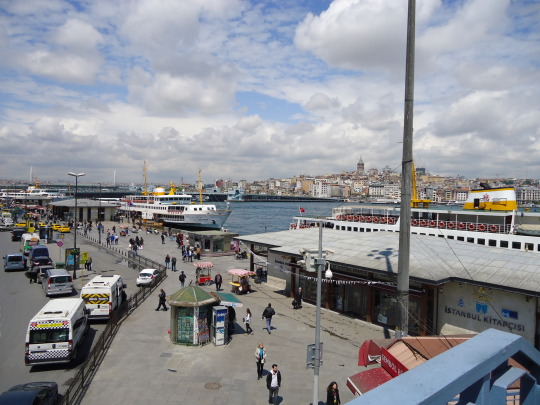


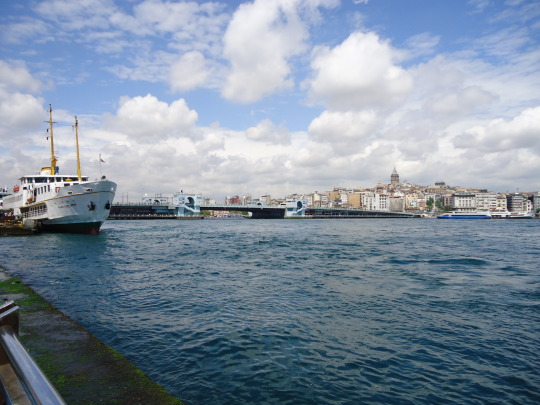



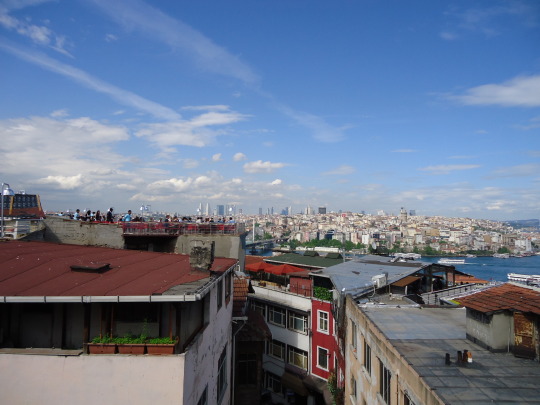
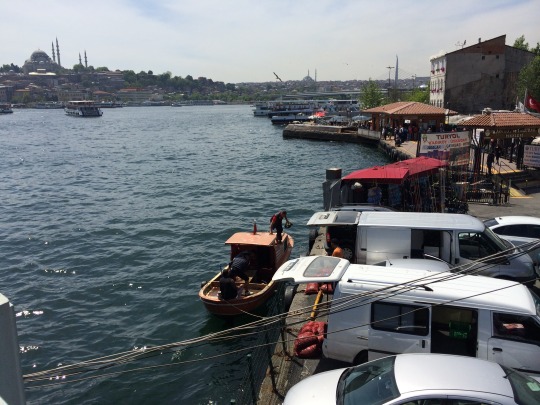
Pictures of the Bosphorus and Istanbul skyline.
1 note
·
View note
Photo
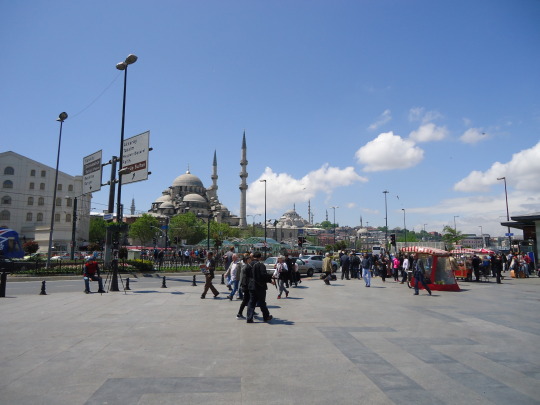

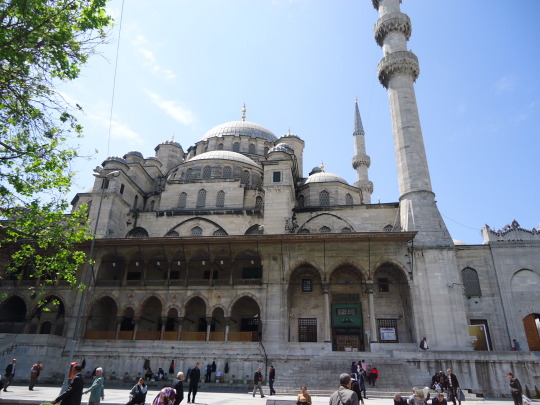




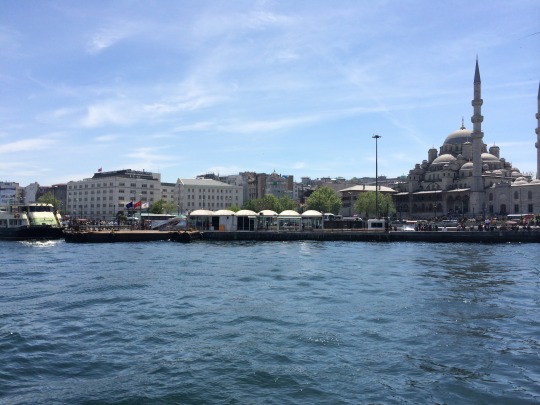

New Mosque in Istanbul - Included pretty bad selfie!
The Yeni Cami, meaning New Mosque; originally named the Valide Sultan Mosque (Turkish: Valide Sultan Camii) and laterNew Valide Sultan Mosque (Turkish: Yeni Valide Sultan Camii) after its partial reconstruction and completion between 1660 and 1665; is an Ottoman imperial mosque located in the Eminönü quarter of Istanbul, Turkey. It is situated on the Golden Horn, at the southern end of the Galata Bridge, and is one of the famous architectural landmarks of Istanbul.
All pictures are my own and info above sourced from Wikipedia.
1 note
·
View note
Photo
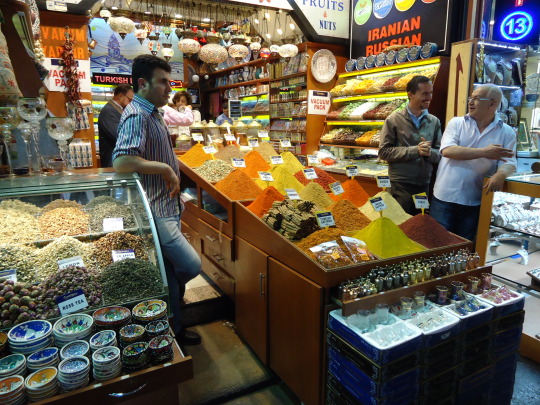

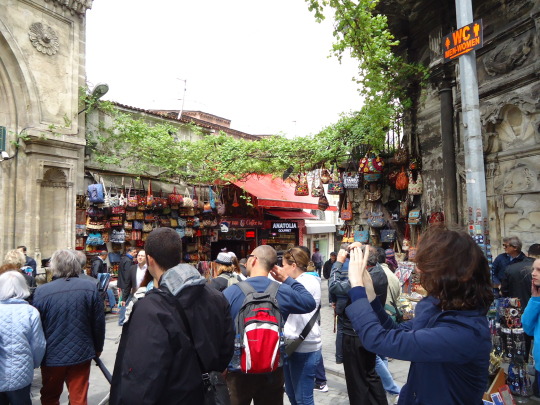
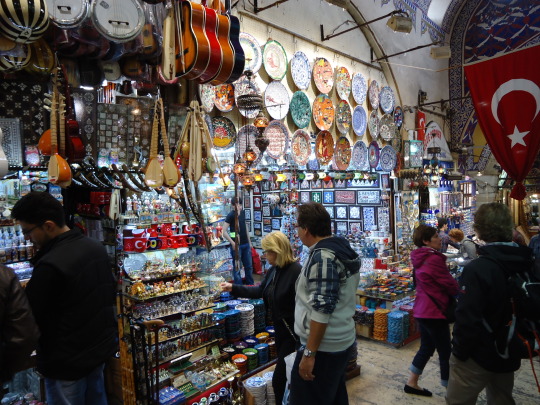

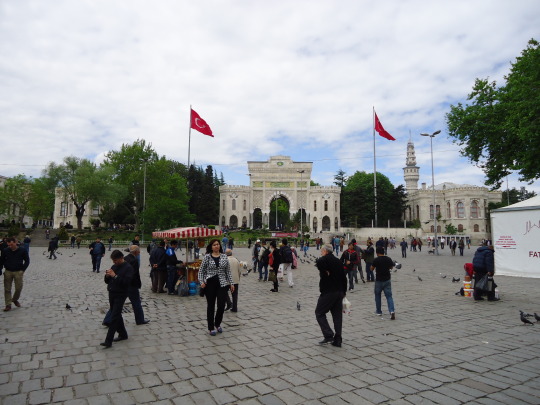




A walk around Istanbul and its colourful street stalls and Bazaars.
20 notes
·
View notes
Photo


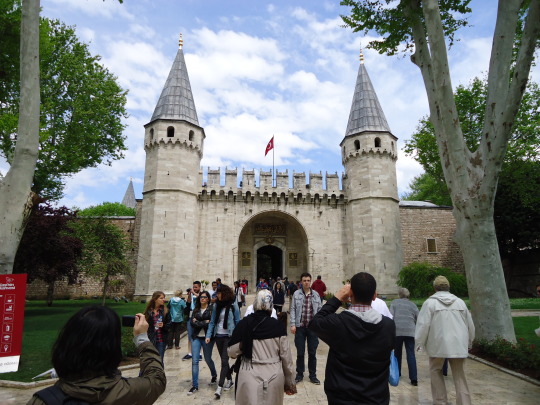
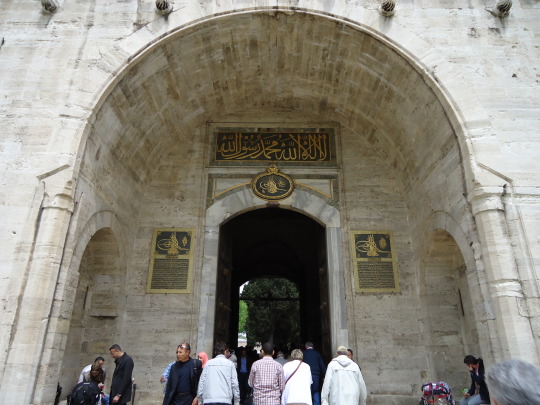


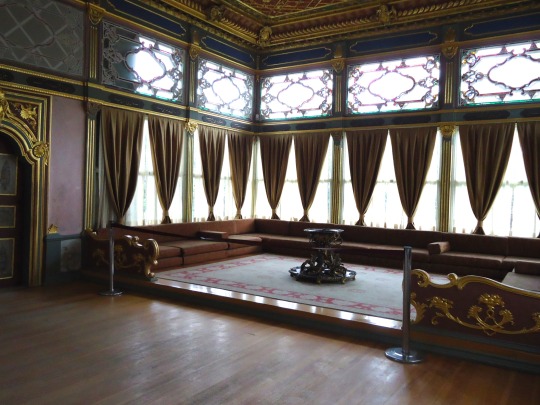
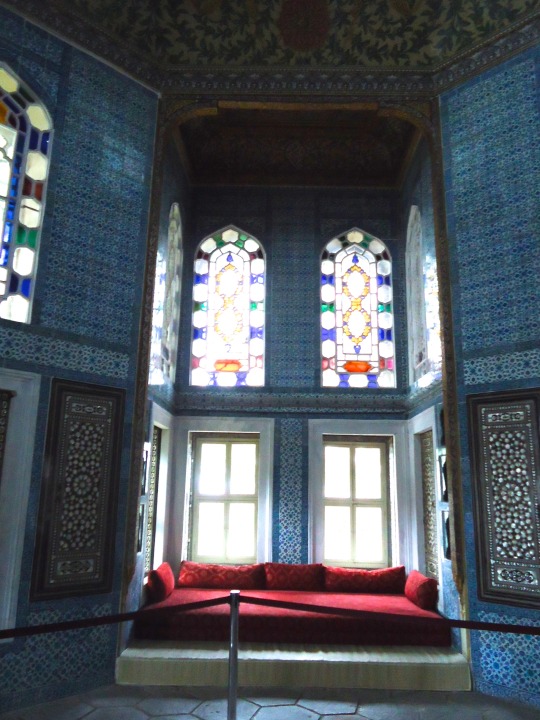


The Topkapı Palace (Turkish: Topkapı Sarayı[1] or in Ottoman Turkish: طوپقپو سرايى) is a large palace in Istanbul, Turkey, that was the primary residence of the Ottoman Sultans for approximately 400 years (1465-1856) of their 624-year reign.[2]
All pictures are my own and info above sourced from Wikipedia.
41 notes
·
View notes
Photo


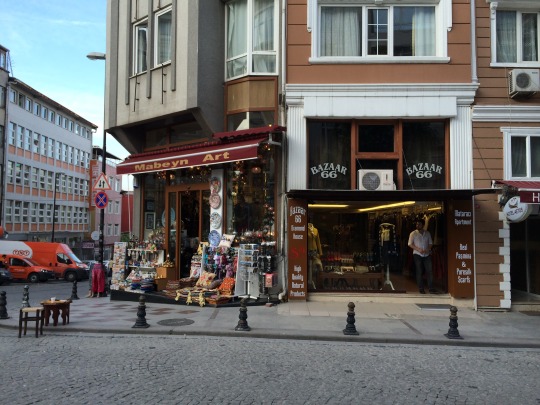


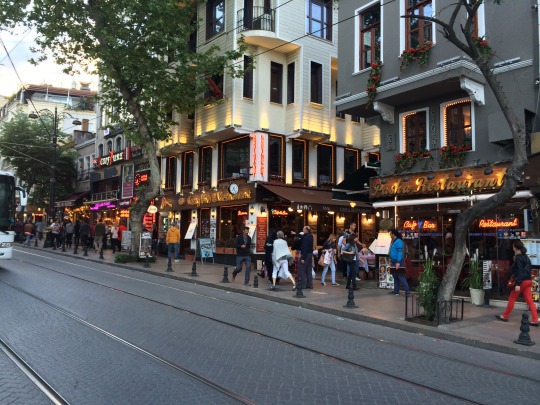


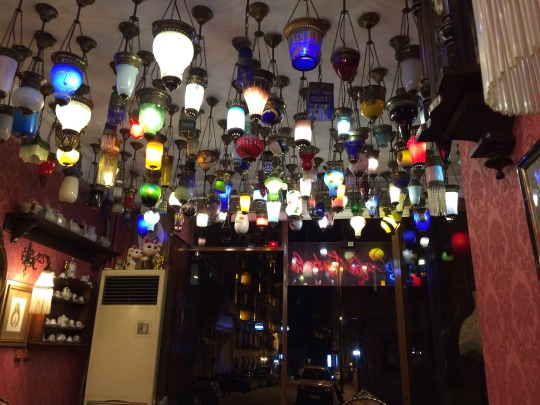
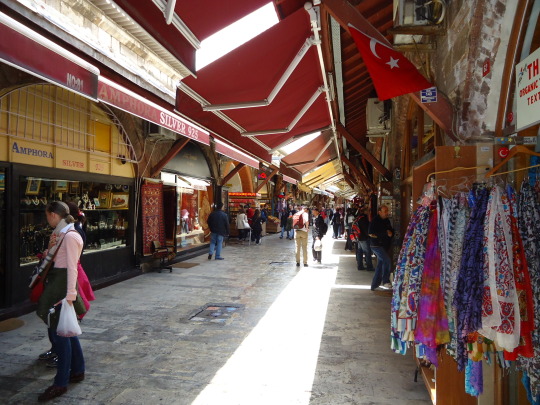
Sultanahmet - The street, area and some cafes & restaurants where I stayed in the old city of Istanbul
39 notes
·
View notes
Photo
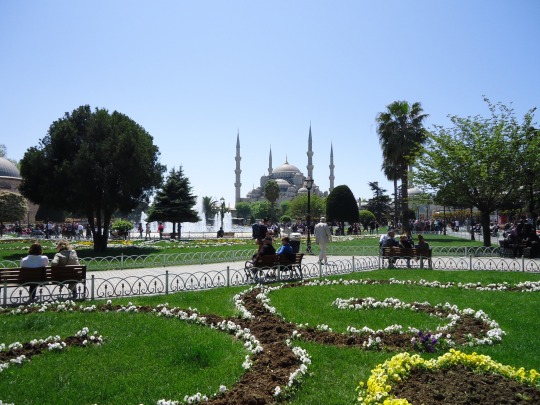

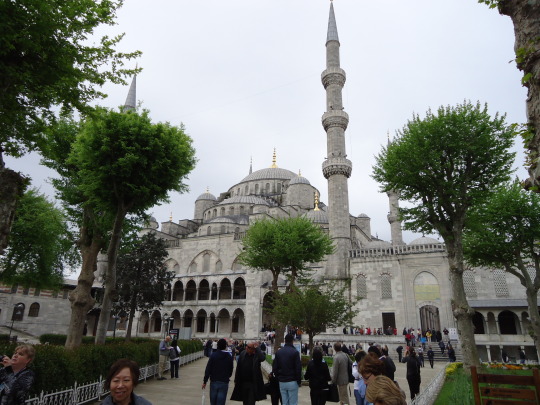
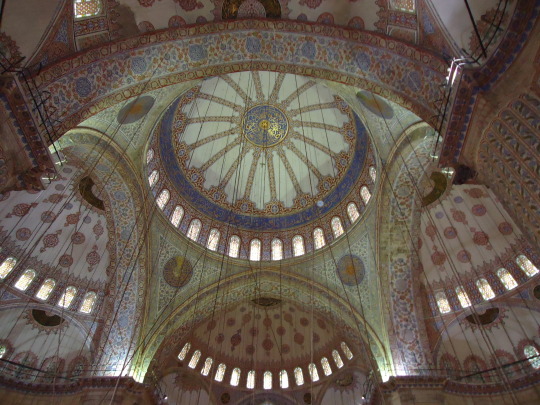
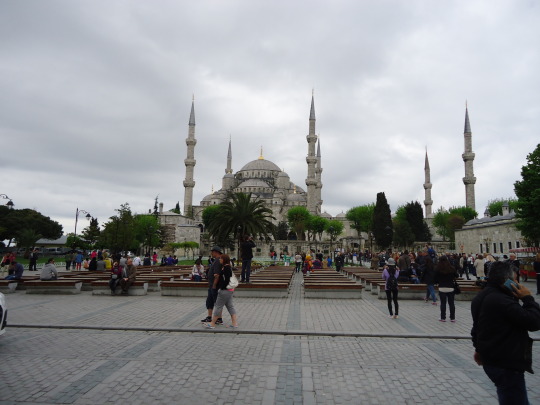
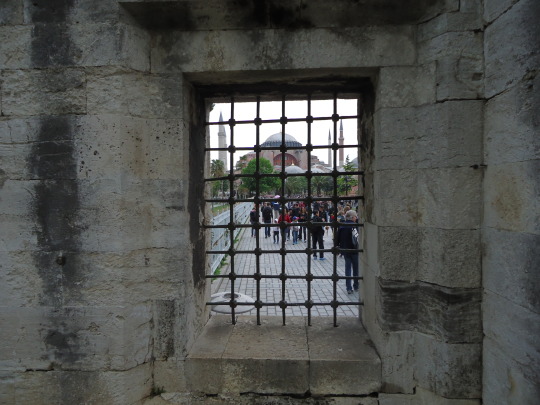


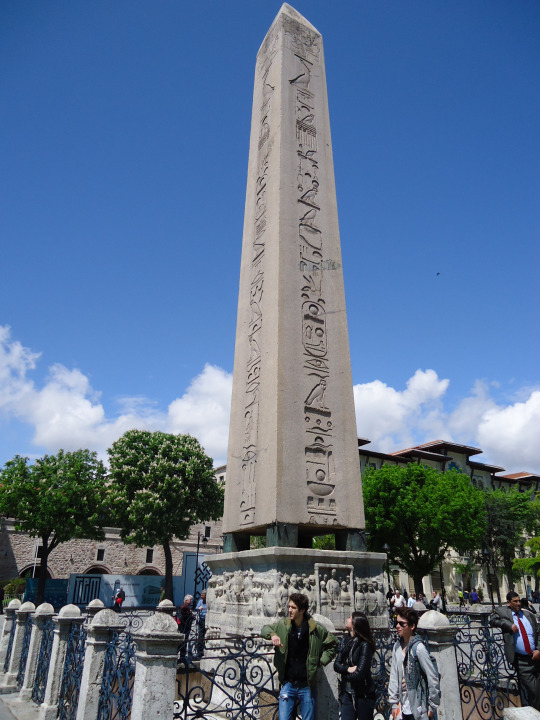
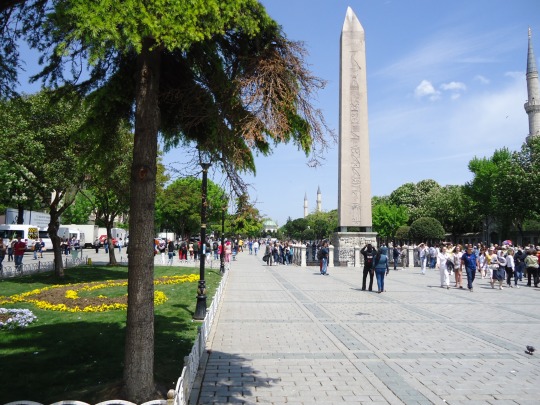
Sultan Ahmed Mosque & Square
The Sultan Ahmed Mosque (Turkish: Sultan Ahmet Camii) is a historic mosque in Istanbul. The mosque is popularly known as the Blue Mosque for the blue tiles adorning the walls of its interior.
It was built from 1609 to 1616, during the rule of Ahmed I. Its Külliye contains a tomb of the founder, a madrasah and a hospice. The Sultan Ahmed Mosque is still popularly used as a mosque.
The Hippodrome of Constantinople (Turkish: Sultanahmet Meydanı, At Meydanı, Turkish pronunciation: [sulˌtanahˈmet]) was a circus that was the sporting and social centre of Constantinople, capital of the Byzantine Empire. Today it is a square named Sultanahmet Meydanı (Sultan Ahmet Square) in the Turkish city of Istanbul, with a few fragments of the original structure surviving. It is sometimes also called Atmeydanı (Horse Square) in Turkish.
The Obelisk of Theodosius (Turkish: Dikilitaş) is the Ancient Egyptian obelisk of Pharaoh Tutmoses III re-erected in the Hippodrome of Constantinople (known today as At Meydanı or Sultanahmet Meydanı, in the modern city of Istanbul, Turkey) by the Roman emperor Theodosius I in the 4th century AD.
The German Fountain (Turkish: Alman Çeşmesi) is a gazebo styled fountain in the northern end of old hippodrome (Sultanahmet Square), Istanbul, Turkey and across from the Mausoleum of Sultan Ahmed I. It was constructed to commemorate the second anniversary of German Emperor Wilhelm II's visit to Istanbul in 1898. It was built in Germany, then transported piece by piece and assembled in its current site in 1900. The neo-Byzantine style fountain's octagonal dome has eight marble columns, and dome's interior is covered with golden mosaics.
All pictures are my own and info above sourced from Wikipedia.
1 note
·
View note
